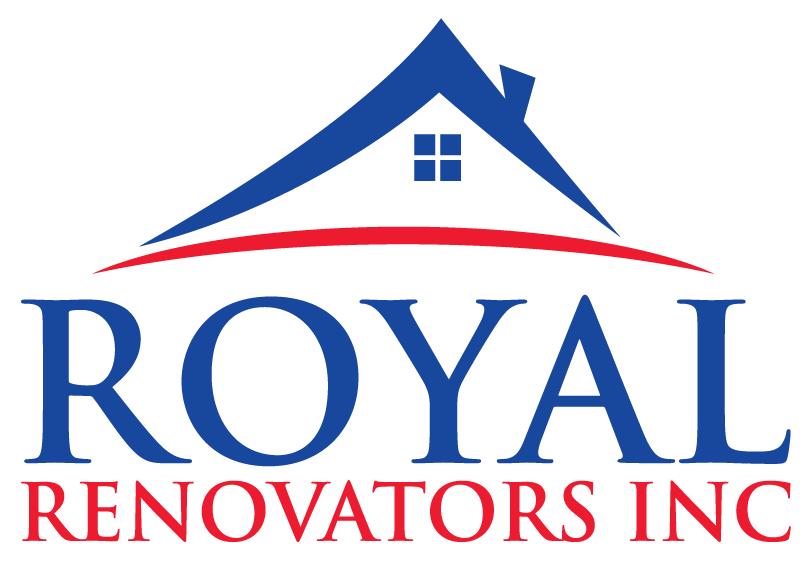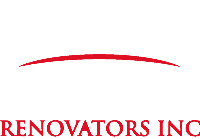The best way to damage a perfectly good roof is to neglect it come winter time. Proper winter maintenance will decide if your family comes out of winter like Kings, Queens or sadly a bunch of Deuces. I am sure that if you are from New York, you are probably somewhat familiar with these terms. For those who do not want to accept that giving a contractor $200.00 bucks for an inspection is the right thing to do because you will end up saving thousands, keep reading.
What are some major roofing issues in wintertime?
- Ice damming.
- Ponding.
Ice damming.
What is ice damming?
Ice damming is what happens when it gets very cold and ice forms on your roof. Now, if your roof is slanted, the ice only becomes ice once it has reached the edge of the roof, where the gutter is. It then forms a dam-like barrier, stopping any water from rolling off the roof. This can cause the water which remains on the roof to leak into the house and cause severe damage to the house, roof and insulation.
What prevents ice damming?
One of the ways to prevent ice damming is with a roofing membrane.
A roofing membrane is generally made from either synthetic rubber, thermoplastic, or modified bitumen. This membrane covers the roof and causes the water to fall off of the roof. In turn, the water doesn’t turn to ice at the edge, and, it doesn’t seep into the house either.
Another way to prevent ice damming is by using an adhesive. A very commonly used adhesive is asphalt shingles. Asphalt shingles are sealed with with a factory adhesive that seals up suing the sun’s heat. GAF shingles use the best adhesives in the market.
The sun connects each shingle to it’s neighbor. Another effect of this sealant is that it fortifies the shingles against quick and powerful winds. While packaged, the shingles are separated by a sheet of plastic. This plastic need not be removed before attaching shingle to roof, because they don’t align with the adhesive, once they have been established on the roof. This too, can protect the roof from leakage. Again, using the best adhesives, the best membrane and the most expensive materials will allow you to be part of the Kings and Queens roofing club.
Ponding.
What is ponding?
Ponding is the process of water gathering in the center of the roof, or even in a corner, wherever there is a flat area. The water gathers in that spot and can seep into the housing system and can cause major damage to the roof, inner roofing and the structure of the house.
How to prevent ponding?
One way to prevent roof ponding is by ensuring there is an updated and reliable membrane, as we mentioned above.
Another prevention tactic is to understand a possible cause of ponding. Many times ponding occurs when there is sagging structure and compressed insulation. That can happen in old buildings and uninspected situations. You can swerve out of the way of this major issue by regularly inspecting your roof, or calling a professional to do it for you.
Winter is on the horizon and it’s set to bring some serious roofing related issues with it. Problems in the roofing, siding or gutters of a structure have a “trickle down effect” that causes problems to external and internal aspects of the structure. Improper planning and sheer ignorance will likely lead to billions of dollars in costly roofing repairs in Winter 2017. So what do you need to know to not fall victim to mother nature? Here we go.
Heavy Pressure of Snow and Ice Dams:
Ice dams are the culprits of many winter roof problems. Once the snow accumulates on the roof it will also absorb rain water which makes it heavier. The rain water and the melting of snow can lead to roof leaks and structural damages. Additionally, when snow melts it goes down into the gutters, refreezes and then creates blockage. The melting and refreezing of water which is ponding on a roof can cause openings which will allow water to seep down the roof and into the home.
Precautionary Measures: The best remedy is prevention. When snow covers the roof it is very important to remove it every 6-8 hours. If it gets under the shingles and gutters you must remember to not scrape it with any sharp tools such as knife or axe. Inspect the roof thoroughly and if required perform the repairs. Keep the roof, gutters and water channels clear before the snowfall. Clean the gutters from leaves and other debris. Don’t ignore even a minor breakage of a shingle. Get help and replace the shingle right away as well as any other damaged component of the roof. Preventative measures will be the key to a healthy roof.
Condensation:
Condensation occurs when heat from the building reaches the roof as the cold surface meets warm air. This causes the melting of the snow even in cold weather and damages the interior structure of your home.
Precaution: To prevent from the issues caused by condensation it is important to ensure your attic is properly ventilated. Attic ventilation controls indoor temperature and saves the energy cost. When ventilation is not properly installed, it creates ice dams and damages the roof.
Cold Weather Roof Noises:
In cold weather you may experience some annoying crash, crack and boom noises. Generally the noises are caused due to the change in temperature of the roof. Usually a loud booming sound is caused due to ice fractures. This issue is mostly happens to flat and low sloped roofing. Roof skylights are the major source of sound transmitting into the interior of house.
Precaution: The roof covering material can reduce the roof sound transmission in to the home. Bituminous or asphalt shingles, clay or concrete tiles or higher mass roofing material can reduce the noise. Eco-friendly green roofing systems can also provide effective resistance to sound transmissions from outside.
Skylights and Roof Flashing Leaks:
Damaged skylights will guarantee leakage into your house. Other roof leak possibilities are worn roof surfaces and improper or damaged roof flashings.
Precaution: Seal all the seams and margins of roof flashings properly. Cement the worn areas of roof surface.
If you want your roofing materials to last you must wake up before the winter hits. If you’re not sure how to handle the cold weather then call roofing professional to perform preventive repairs for your roof. Choose the best possible solutions according to your local weather conditions.
For more information on how you can install the environmentally friendly roof of your dreams in NYC contact us today at: Royal Renovators Inc. 118-35 Queens Blvd Forest Hills, NY 11375 (718) 414-6067 https://nycrenovators.com
Copyright Ⓒ 2022 Royal Renovators Inc. All Rights Reserved

